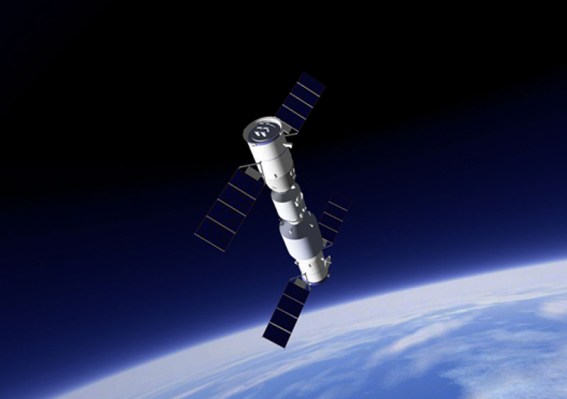Chinese space station Tiangong-2 has officially ended its mission, and the orbital research facility’s entire existence. The platform de-orbited and burned up as planned at just after 9 AM ET on Friday, coming down over the South Pacific Ocean, as confirmed by the official Chinese space agency.
The station weighed around nine U.S. tons at the time it re-entered the Earth’s atmosphere, but even so it was small enough that it almost entirely burned up in the process. Tiangong-2 was relatively small for a space station (when measured against the ISS), consisting of just a research module with enough space on board for only two astronauts.
After about 1,000 days in space, Tiangong-2 had exceeded its planned lifespan, and China’s space agency planned this de-orbit — in contrast to Tiangong-1’s de-orbit last year, which was not planned (though ultimately not a risk to anyone on the ground, either). Both of these, and the forthcoming Tiangong-3, are intended as temporary orbital stations designed for testing key technologies in pursuit of the “real” Chinese space station — which is set to begin its mission life in 2020 with the launch of the Tianhe-1 core module.
